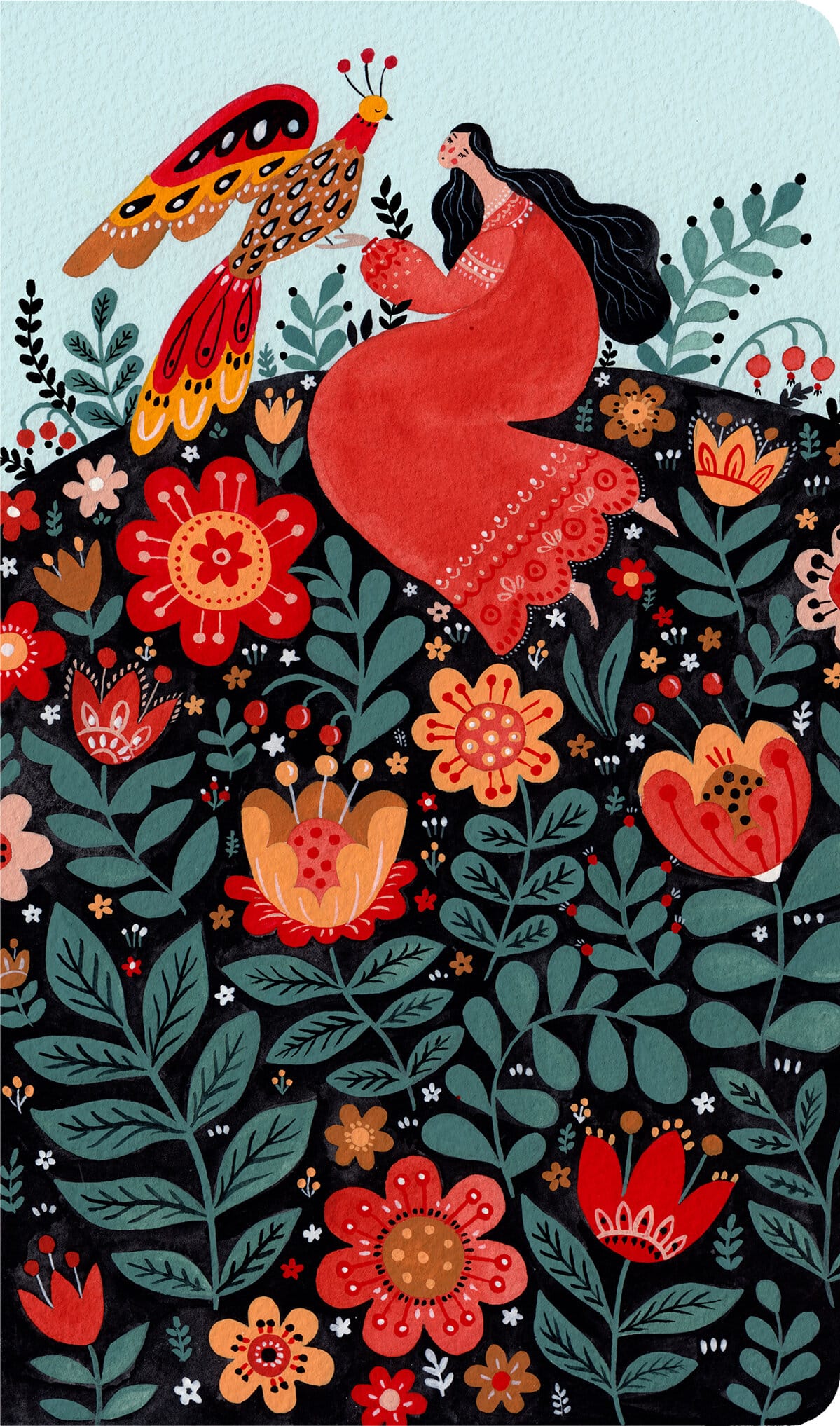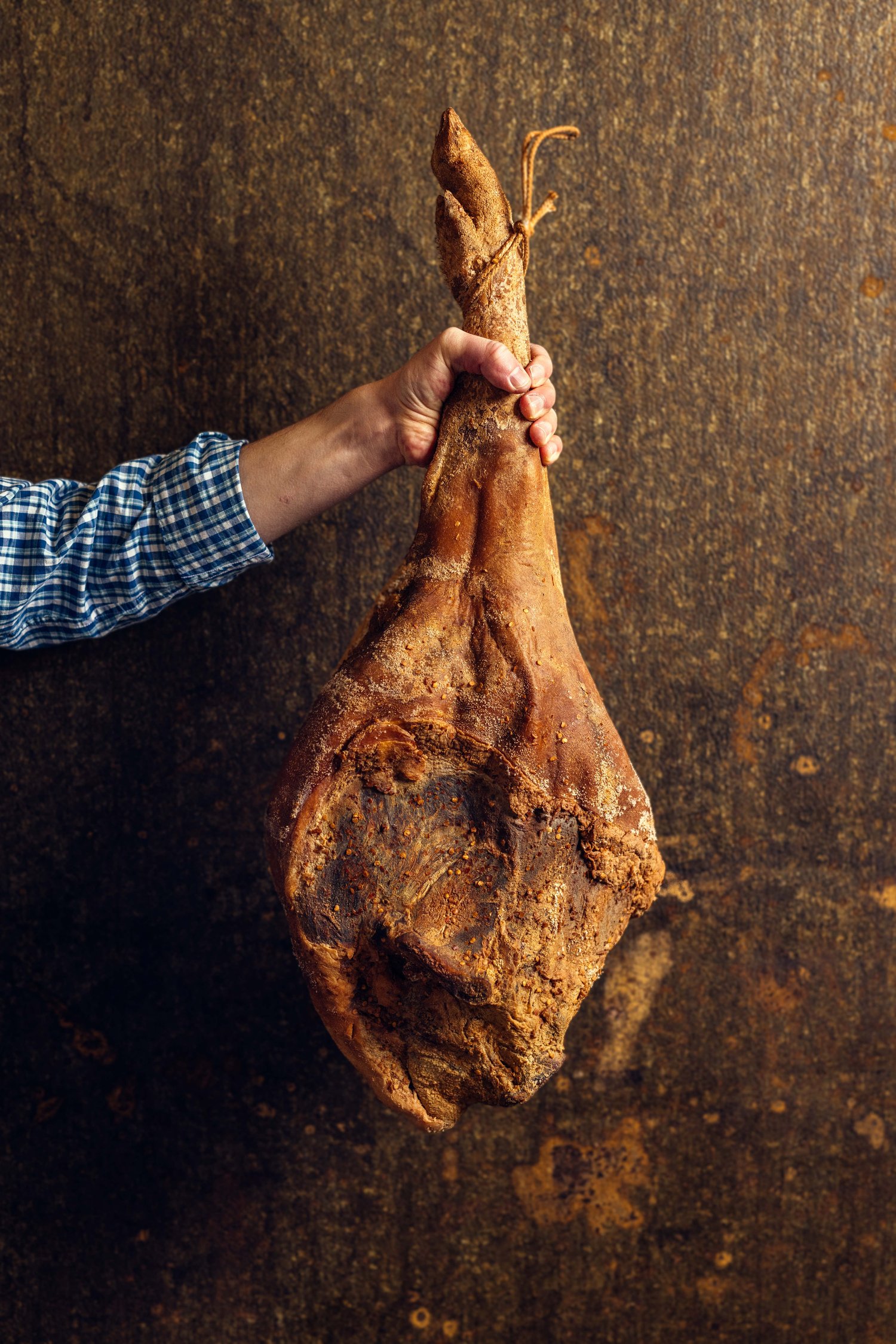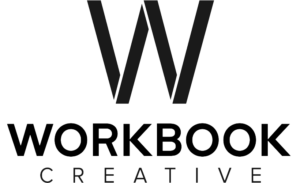In this last installment with Andy Anderson, filled with sound advice and colorful answers, Daniel talks about creating images… from shoots to retouching.
DB: “Can you give me a little sense of how you interact with the talent, the models and stuff in your photos? I know you say you don’t want to give a lot of direction, you’re not there to be a director. But how do you set the mood, or how do you get them to the place where maybe they’re acting naturally, and you just capture that?”
AA: “Well I do direct when I go on set like that. But you’re not telling them exactly where to put their feet. You kind of tell them, ‘Okay, this is what this concept’s about; this is what we’re thinking.’ And just let it happen. You know? And it does happen. It happens every time. If you sit there trying to choreograph it, you’re just sucking the creativity out of it. So, I think it’s important to have a set that is not a whole bunch of people around looking because I think that sometimes when using real talent [not actors], that can be intimidating to them, so you have to be kind of sensitive to that. But for the most part, I just kind of brief them ahead of time…have a conversation with them, make them feel at ease. And then off we go.”
DB: “How often are you working with real people, and does that change the dynamic at all?”
AA: “It’s about 50-50. I like real people, but when it’s a situation where they have to act, certain mannerisms and expressions, it’s important to use paid talent, I think.”
DB: “Just because it’s asking too much of the real people?”
AA: “Yeah, I mean you gotta get the work done so you don’t want to be sitting around giving acting lesson on set, right? I don’t give acting lessons because I’m not an actor.”
DB: (Laughs) “How do you approach the actual shooting? Some people I think take a ton of photos and really the process is the editing down of those. Some people say, ‘I took ten frames. I know those ten frames worked. Move on.’”
AA: “It’s kind of like that for me. I mean, I started in the Polaroid days where everybody…you shoot a polaroid and shoot the picture. And I don’t shoot tethered. I think it sucks the creativity out of it. Nobody’s looking about what’s on set; they’re looking at the front of this monitor. So I just don’t like using tethered. I mean, I have to sometimes. But for the most part, I never use it. And then when I’m done, when I think I got it, I got it. I just move on.”
DB: “Do you, at this point in your career, have a lot of things you still want to accomplish? What do you do from here?”
AA:” I have a ton of things I want to do. I mean, I want to go to Siberia. I want to go to Mongolia. I mean, there are just so many things out there to do, and not enough time to do it!”
DB: “When you think about things like that, is it, ‘I just want to go,’ and it’s just a matter of time and figuring out a project? Or is it, ‘I want to get work, so I’m always recommending, “Hey let’s shoot this project in Mongolia?”’”
AA: “No I don’t do that. But I’ll go there because it’s interesting to me. I just think, god, this world is big. I think it’s important to take it all in.”
DB:” You know one thing I think about your images is place is a really big deal in a lot of them. At least a fair bit are almost just landscapes with subject matter in them, but it’s kind of landscape. How does scouting play into that? Are you always saying, ‘We need to scout for all these shoots and, I’m going to go do it?’ Do you send someone else? How does that play a role? Because it seems like an important part of your work.”
AA: “I think it’s a mixture of both. I’ll scout it if I think it’s very…if there are very specific needs and wants; then I’ll go scout it myself. But I think it’s important also to have scouts whom you trust.”
DB: “My guess is for you a certain amount of your success probably saying no to different jobs? Because they don’t fit what you do?”
AA:” No is the most powerful word. People need to start using it.”
DB: “So what are the factors that go into you saying no?”
AA: “You know, no creative latitude. My whole thing is: let’s take fees out of your project. Let’s not even talk about fees. Let’s talk about what it takes to produce the job. So my whole thing, and I say it all the time, ‘If you don’t have enough money to paint the house,’ which is produce the job, ‘then you can’t do the job!’ And if you don’t have enough money to build the house, then why are you doing it? So it takes a certain amount of money to produce something, and if you don’t have the money to do that…I mean you have to be scrappy. And we are scrappy. But sometimes these people want these fishing expeditions, and they’re looking for these estimates and things like that, and unfortunately, it’s a fishing expedition, and they don’t have enough money to do the job, so [you] have to say no. Because you’re not doing yourself any favors, and you’re definitely not doing the client any favors by taking jobs [they] don’t have enough money to do. Because the worst thing to do is go back and ask for more money.”
DB: “Yeah, that usually doesn’t go over well.”
AA: “No. So you have to put it all out on the table first. So, photographers need to look, and I get so upset with them sometimes because they’ll take these jobs, and they know they don’t have enough money to do it, but they do it anyway! So, what happens is you start cutting money from your crew, which are the ones who are really, truly helping you get it done. It’s not a good experience. There’s nothing fun about it.”
DB: “I know you said you’ve worked with Michael (your retoucher) for about ten years, is that right?”
AA: “Yup.”
DB: “One thing I admire about your work….When I first started assisting photographers, I saw all these people who were older than I who had done really beautiful work on film and didn’t seem to have a clue on how to replicate that digitally. And their [digital] work kind of looked like garbage, even though they were obviously capable at one point. You’re in the same generation as a lot of those people, and yet you are making, I think, really beautiful modern work. I’m guessing a big part of that is your relationship with Michael and developing your ‘look’ and how these images are going to be transformed by him. What’s that kind of process like? How did you guys build [your] ‘look’ and build your conversation, your way to work together?”
AA: “Michael comes from a background in advertising. So he was a creative director at some agencies in Europe and the U.S. He grew up in a small town, and he went away to go to school. I met him in a cigar bar here in town one night ten years ago, and here he is working for me. The thing about some photographers is they get so wrapped up in the retouching, right? They make a shitty photograph, but great, because it’s about process. So it’s starting with a good photo, right? A lot of times they just suck the creativity out of it.
“I mean, anybody can fucking composite an image. Anybody can do that. There are apps out there to do it and all that other stuff. Where the rubber meets the road is how you treat color. Color is what’s going to separate you from everybody else. And I don’t mean get psychedelic with it, but the way you treat color and the nuance of it is very important. That to me is where I spend a lot of time and effort in trying to work on my color. And Michael’s been very good at that.”
DB: “Okay, I feel like this is maybe kind of a dumb question but—”
AA: “There are no dumb questions.”
DB: “Wait till you hear it.”
AA: “Alright.”
DB: “Sometimes I feel like when we go out to shoot our own stuff, we pick the right time of day and we get beautiful stuff. And then sometimes, you have a client and they obviously want the most for their money, they want you to shoot all day long—”
AA: “Oh, I know.”
DB: “How do you…Do you tell the client, ‘Look, from 11 to 3 o’clock we’re not going to get anything good, so I’m going to go take a nap.’ Or do you suck it up and shoot stuff anyway?”
AA: “Well I just say to them, ‘Here’s what it looks like. You see what it looks like? That’s what it’s going to look like on camera.’ You know what I mean? And it’s pretty easy to show them at the time. And it does happen. And it is a little frustrating sometimes. But you have to educate them sometimes. Because they’re not photographers. You are. But the other thing you want to do…I embrace what’s there. Right? I mean, obviously bright sunny day, not a cloud in the sky, shoot in the middle of the day? You’re not going to get much good work. But if it’s rainy or overcast or things like that, or some inclement weather? I think that those things can help you to a certain extent. Not all the time. Especially on commercial work.”
DB: “I’m curious a little bit of your working with animals. Obviously you have animals, you obviously have a close relationship with them. A fair amount of stuff that I like on your website is stuff with dogs and horses, and you even have reindeer and [chimpanzees].”
AA:” Yeah.”
DB: “Those pictures are awesome…Sometimes I look at animal photos and I think, I’d love to do more of that, but I don’t know where to start.”
AA: “Well, umm. Just find a subject you want to photograph. You have to remember too, is my background is editorial, so where good editorial photographers cut their teeth is you have to be able to be open for things that are happening in front of you. The serendipitous. And the best editorial photographers out there are the ones who can do that consistently day in and day out. The worst thing you want to do is write down a list of things you want to get done when you go to a photoshoot because what happens is 90 percent of the time you walk away completely disappointed because none of that shit happened. Right? Am I right?”
DB: (laughing) “That can definitely be the way a photoshoot goes.”
AA: “Right. I mean you have an idea of what you want to do, but don’t go into it like, ‘I gotta get these fucking images.’ Right? Because what happens is 90 percent of the time you’re going to walk away disappointed. So, go into it with an idea, ‘Okay, this is idea I want to get,’ or, ‘Here’s what I want to do.’ But also be open for the serendipity. And it happens every time.
“I mean those chimpanzees I photographed? They were just standing out in the middle of the day. I had subdued light because it was cloud cover all day, so I was able to shoot all-day long. And I just waited for moments to photograph. It just happened. That’s the art of photography, right?”
You can listen to the full episode below.
Check out Daniel Bedell’s Workbook portfolio and Instagram.
Check out Andy Anderson’s Workbook portfolio and Instagram.
For all the latest on Workbook radio, make sure you follow us on libsyn and Instagram!




